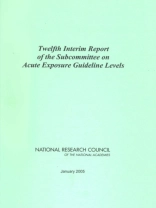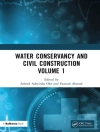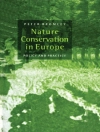Extremely hazardous substances (EHSs), as defined in the Superfund Amendments and Reauthorization Act of 1986, can be released accidentally as a result of chemical spills, industrial explosions, fires, or accidents involving railroad cars or trucks used in transporting these substances, or intentionally through terrorist activities. It is also feasible that these substance can be released by improper storage and/or handling. Workers and residents in communities surrounding industrial facilities where EHSs are manufactured, used, or stored and in communities along the nation’s railways and highways are potentially at risk of being exposed to airborne EHSs during accidental and intentional releases. This report provides technical guidance on establishing community Acute Exposure Guideline Levels (AEGLs) for certain hazardous chemicals. It reviews the scientific validity of AEGLs developed by the national Advisory Committee on Acute Exposure Guideline Levels for Hazardous Substances, identifies research priorities, and identifies guidance issues that may require modification or further development based on the toxicological database for the chemicals reviewed. This twelfth interim report offers recommendations for improving AEGLs for the following 15 chemicals: toluene, xylenes, ammonia, bromine, aniline, methyl ethyl ketone, hydrazine, iron pentacarbonyl, phosphine, chlorine, trifluoride, ethyleneimine, propyleneimine, allyl alcohol, ethylene oxide, and nickel carbonyl.
Board on Environmental Studies and Toxicology & Committee on Toxicology
Twelfth Interim Report of the Subcommittee on Acute Exposure Guideline Levels [PDF ebook]
Twelfth Interim Report of the Subcommittee on Acute Exposure Guideline Levels [PDF ebook]
Beli ebook ini dan dapatkan 1 lagi PERCUMA!
Bahasa Inggeris ● Format PDF ● Halaman-halaman 66 ● ISBN 9780309548656 ● Penerbit National Academies Press ● Diterbitkan 2005 ● Muat turun 3 kali ● Mata wang EUR ● ID 7146815 ● Salin perlindungan Adobe DRM
Memerlukan pembaca ebook yang mampu DRM












